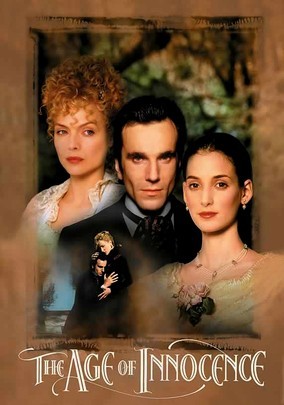A Facebook follower posted a comment that when she questioned her local shelter, she “was met with nothing short of outrage.” Today, on my Facebook page, I asked whether we should still use the word “lifesaving” or “saving lives” when shelters adopt rather than kill animals. I, too, was subjected to outrage, including a couple of invective-filled responses by shelter staff. Why? Why is the mere act of questioning the assumptions on which the entire paradigm of killing is based subject to such overreaction?

By Nathan & Jennifer Winograd
If you’ve never seen it, watch Martin Scorsese’s rendition of The Age of Innocence (Edith Wharton). Not only is it a great movie, one of my favorites, but if you watch it carefully, you’ll see a lot of parallels to our fight for a No Kill nation. Like the social fabric of Old New York, the paradigm of killing that the Humane Society of the United States and others have built is based on nothing substantive. “Old New York” was made up of 500 rich New York families who could trace their lineage back to the original Dutch settlers on Manhattan. It was a very exclusive club to belong to, and tried to be something it was not: European aristocracy. A rigid social hierarchy was created that mimicked the nobility, but because it wasn’t real – that is, there are no real titles in America and everyone was basing status merely on how long their families had been here – it was, in truth, not what it was pretending to be.
In creating the facade, everyone within that social structure had a very specific role to play and very specific ways of behaving in order to create the appreance they were going for. If anyone deviated from their role, questioned its validity, or stepped outside the rigid rules that created the impression they were seeking, they were punished severly by facing expulsion from the group. Free thinking and individual expression were forbidden as they threatened to expose the social fabric for what it really was: a system built on euphemisms, a precariously built house of cards. Just the act of questioning their false assumptions threatened to bring down the facade which afforded these families a privileged position in American society – and so it was simply not allowed.
Likewise, the old-school, traditional sheltering crowd created a rich system of lies and euphemisms to make the killing of animals into something it is not – an act of kindness. We have been told that they are the heroes performing the public’s dirty work when in fact most people care about animals and our shelters are often mismaged houses of horror where animals are routinely abused and neglected. We have been told that pet overpopulation is to blame for the killing when it doesn’t exist. And we have been told that any questioning of these assertions is unfair because “no one wants to kill,” when the facts clearly, and time and again, prove otherwise.
When you ask questions that challenge any of the constructs the traditional sheltering crowd has created to obscure the truth and establish their role as leaders in the animal protection movement, they are deeply threatened. So when you start asking questions, they overreact in order to silence criticism and shut down discussion that might pull back the ugly curtain and expose the hideous truth. Because if they didn’t, they’d be completely unmasked. But in one sense that should give those of us in the No Kill movement comfort. Though the facade they have created appears invincible, it has no solid foundation. It is vulnerable and weak. As Wharton herself wrote, “This was a world balanced so precariously that its harmony could be shattered by a whisper.”
—————-
Have a comment? Join the discussion on Facebook by clicking here.